Table of Contents
TogglePadhe Bharat, Badhe Bharat: The Journey Towards a Educated and Developed India
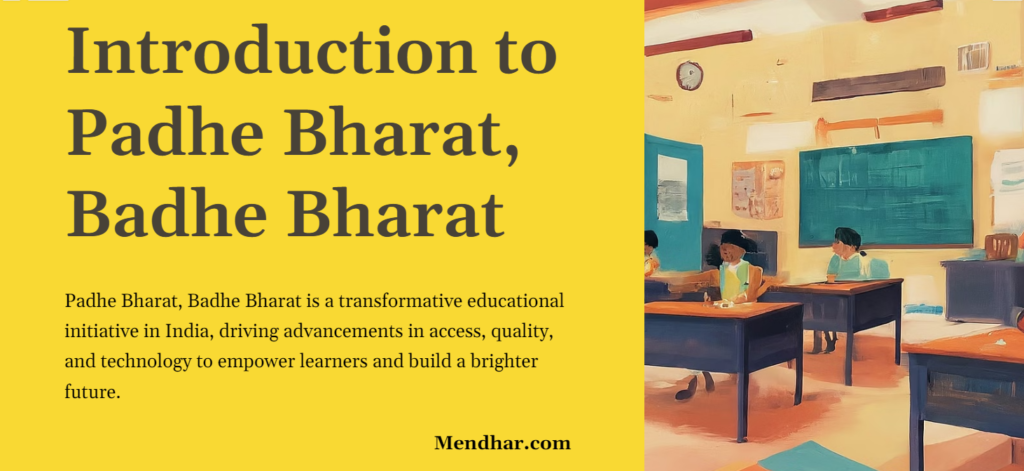
Introduction : Padhe Bharat, Badhe Bharat
“Padhe Bharat, Badhe Bharat” encapsulates the essence of India’s journey towards progress and development through education. In the vibrant tapestry of India’s aspirations, the thread of education shines brightly, weaving together the hopes and dreams of millions across the nation.
Education is not merely a tool for acquiring knowledge; it is the cornerstone of societal transformation and individual empowerment. The mantra reflects a profound belief in the transformative power of education to uplift individuals and propel the nation forward on the path of growth and prosperity.
At its core, “Padhe Bharat, Badhe Bharat” signifies the interconnectedness of literacy and progress. It underscores the imperative of ensuring that every citizen, irrespective of their background or circumstances, has access to quality education. By nurturing a culture of learning and enlightenment, India can harness its vast human capital and unlock its full potential.
Education serves as the great equalizer, breaking down barriers of inequality and fostering inclusivity. It empowers individuals to fulfill their aspirations, contribute meaningfully to society, and participate actively in the nation-building process. Moreover, an educated populace is better equipped to navigate the complexities of the modern world, adapt to technological advancements, and drive innovation and economic growth.
However, the journey towards a truly educated India is fraught with challenges. Access to quality education remains uneven, particularly in rural and marginalized communities. Issues such as inadequate infrastructure, teacher shortages, and socio-economic disparities continue to hinder progress in the education sector.
To realize the vision of “Padhe Bharat, Badhe Bharat,” concerted efforts are needed at all levels of society. This includes policy interventions to improve educational infrastructure, enhance teacher training, and promote equitable access to education. Moreover, there is a need for a shift in mindset, where education is not seen as a privilege but as a fundamental right and a collective responsibility.
Ultimately, the mantra “Padhe Bharat, Badhe Bharat” serves as a rallying cry for a nation on the cusp of greatness. It reminds us that education is not just about acquiring degrees but about unlocking the limitless potential that lies within each individual and the nation as a whole. By prioritizing education, India can chart a course towards a brighter future, where every citizen can flourish and contribute to building a more prosperous and inclusive society.
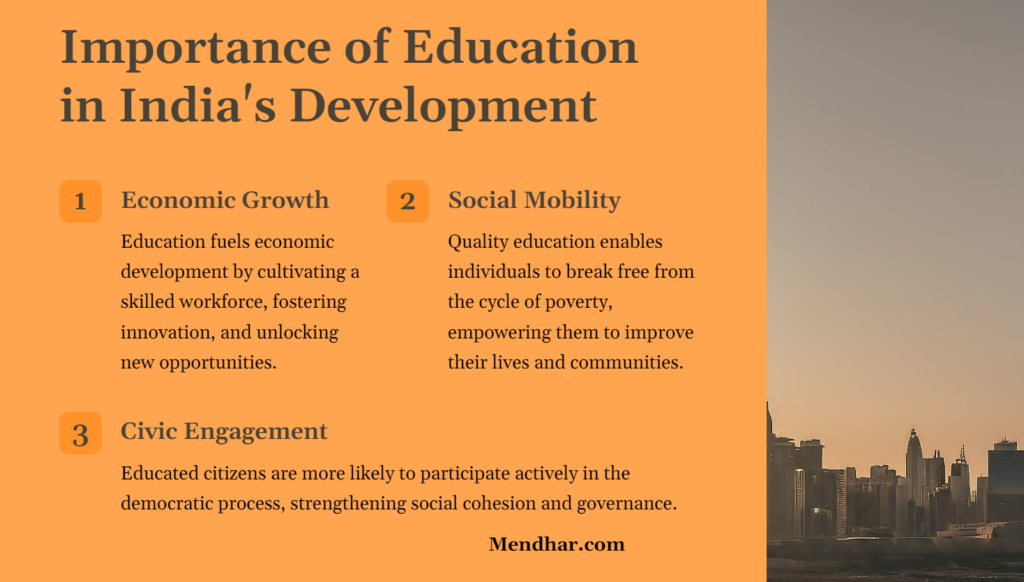
Embracing Education: The Foundation of Progress
At the heart of “Padhe Bharat, Badhe Bharat” lies a fundamental truth: education is the bedrock upon which prosperous societies are built. Beyond the acquisition of knowledge, education instills critical thinking, fosters creativity, and cultivates a spirit of inquiry. It empowers individuals to navigate the complexities of the modern world, equipping them with the skills needed to thrive in diverse fields.
Education is not merely about rote memorization; it is about igniting the flames of curiosity and nurturing a lifelong love for learning. From the bustling streets of metropolitan cities to the remote corners of rural hinterlands, every child deserves access to quality education. By bridging the gap between privilege and deprivation, education becomes a potent force for social inclusion and equitable development.
Fostering Talent: Education's Integral Role in Nation-Building
As India strives to emerge as a global powerhouse, the significance of education in nation-building cannot be overstated. A skilled workforce is the lifeblood of any thriving economy, driving innovation, entrepreneurship, and technological advancement. By investing in education, India not only harnesses the talents of its own citizens but also positions itself as a hub of intellectual capital on the world stage.
Furthermore, education serves as a bulwark against social ills such as poverty, discrimination, and extremism. It fosters values of tolerance, inclusivity, and respect for diversity, laying the groundwork for a harmonious and cohesive society. In this sense, “Padhe Bharat, Badhe Bharat” is not just a slogan but a clarion call to action, urging stakeholders across the spectrum to prioritize education as a national imperative.
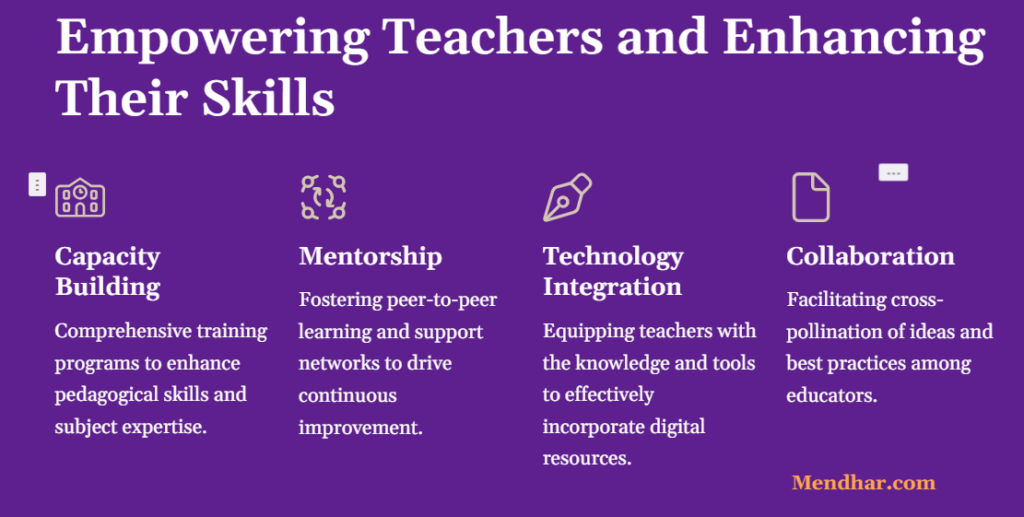
Challenges on the Path Ahead: Overcoming Obstacles
Despite the lofty aspirations embodied by “Padhe Bharat, Badhe Bharat,” the journey towards universal education is fraught with challenges. Persistent disparities in access, quality, and relevance plague India’s education system, exacerbating existing inequalities along lines of gender, caste, and geography. Moreover, socio-cultural barriers and economic constraints often hinder the realization of educational aspirations, particularly for marginalized communities.
Addressing these challenges requires a multi-pronged approach, encompassing policy reforms, infrastructure development, teacher training, and community engagement. By fostering partnerships between government, civil society, and the private sector, India can harness collective expertise and resources to surmount these obstacles and forge a brighter future for its citizens.
Conclusion:
“Padhe Bharat, Badhe Bharat” encapsulates the collective vision of a nation marching towards progress and prosperity through the transformative power of education. As India navigates the complexities of the 21st century, investing in its greatest asset – its human capital – is not just a choice but a moral imperative. By nurturing a culture of lifelong learning, fostering inclusive access to quality education, and harnessing the talents of its diverse populace, India can realize its full potential as a global leader in the knowledge economy.
In the grand tapestry of India’s journey, education emerges as the golden thread binding together the aspirations of millions. Through “Padhe Bharat, Badhe Bharat,” let us embark on a collective odyssey towards a future where every child can dream, every youth can aspire, and every citizen can contribute to the radiant tapestry of India’s progress.
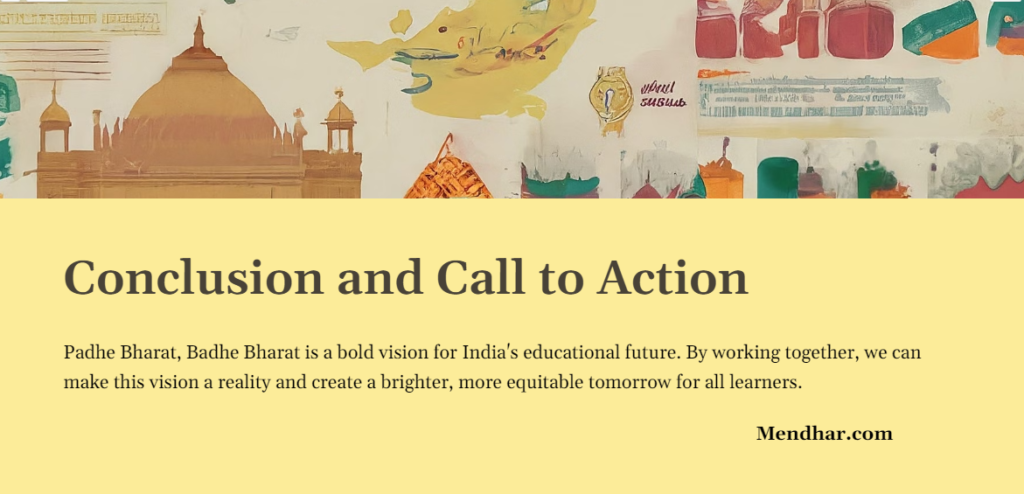
Padhe Bharat, Badhe Bharat - Frequently Asked Questions
1. What does “Padhe Bharat, Badhe Bharat” mean?
“Padhe Bharat, Badhe Bharat” translates to “Educated India, Prosperous India.” It is a mantra that underscores the importance of education in the progress and development of India.
2. What is the significance of “Padhe Bharat, Badhe Bharat”?
This mantra emphasizes the belief that education is not only essential for individual growth but also crucial for the overall advancement of the nation. It signifies the interconnectedness of literacy and progress, highlighting education as the cornerstone of societal transformation and individual empowerment.
3. What are the goals of “Padhe Bharat, Badhe Bharat”?
The primary goal is to ensure universal access to quality education for all citizens of India, regardless of their background or circumstances. It aims to foster a culture of learning and enlightenment, empowering individuals to fulfill their aspirations, contribute meaningfully to society, and actively participate in nation-building endeavors.
4. How can “Padhe Bharat, Badhe Bharat” be implemented?
Implementing “Padhe Bharat, Badhe Bharat” requires concerted efforts at various levels. This includes policy interventions to enhance educational infrastructure, improve teacher training, and promote equitable access to education. Additionally, raising awareness about the importance of education and fostering a supportive learning environment are crucial components of its implementation.
5. What are the challenges in achieving the vision of “Padhe Bharat, Badhe Bharat”?
Despite its importance, access to quality education remains uneven, particularly in rural and marginalized communities. Challenges such as inadequate infrastructure, teacher shortages, and socio-economic disparities continue to hinder progress in the education sector. Overcoming these challenges requires sustained commitment and comprehensive strategies.
6. How can individuals contribute to “Padhe Bharat, Badhe Bharat”?
Individuals can contribute by advocating for education as a fundamental right, supporting initiatives aimed at improving educational access and quality, volunteering in educational programs, and promoting a culture of lifelong learning within their communities.
7. What are the benefits of achieving “Padhe Bharat, Badhe Bharat”?
Achieving “Padhe Bharat, Badhe Bharat” would result in a more educated and empowered populace, capable of driving innovation, economic growth, and social progress. It would lead to reduced poverty, inequality, and unemployment, creating a more prosperous and inclusive society for all citizens.
8. How can we measure the progress of “Padhe Bharat, Badhe Bharat”?
Progress can be measured by indicators such as literacy rates, enrollment and retention rates in schools, educational attainment levels, and improvements in educational infrastructure and quality. Additionally, monitoring the socio-economic impact of education on individuals and communities can provide insights into the effectiveness of “Padhe Bharat, Badhe Bharat” initiatives.


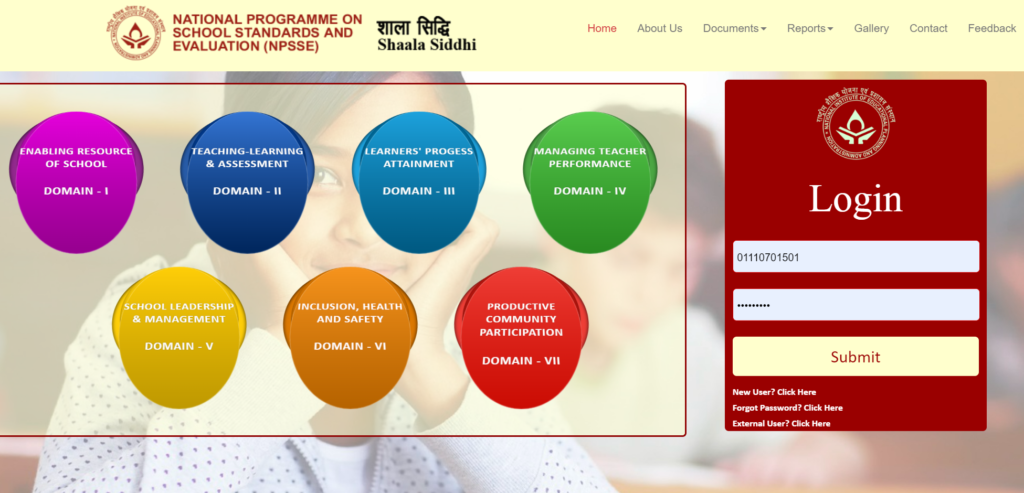
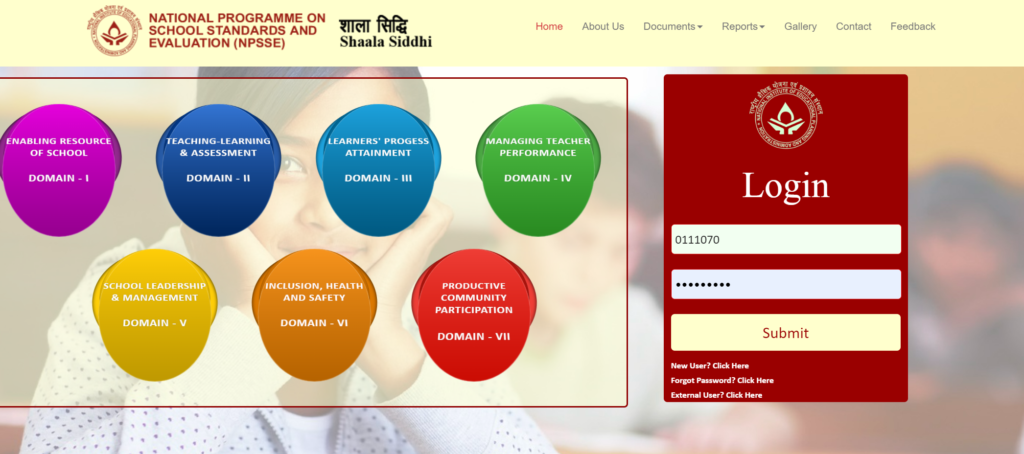
No
Pingback: The Significance of UDISE+ in the NEP 2020 Era -